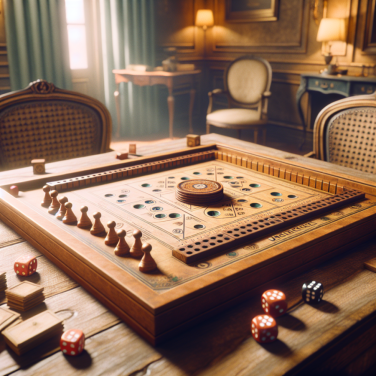Exploring the Structure of Golf Balls
The construct of a golf ball continues to intrigue both professional golfers and enthusiasts alike. When we explore the structure of golf balls, we venture beyond their dimpled exterior and delve into their layered complex interior.
Typically, the standard golf ball consists of one to five layers, each with a very distinctive purpose. Contrary to popular belief and despite their light weight, golf balls are not hollow. Their core, which makes up their largest part, isn't a void, but rather a solid or partially rubberized sphere. This core provides the primary source of the ball's potential energy.
Starting from the interior, the core of the golf ball is generally composed of compacted rubber. The density of the rubber determines the property of the golf ball when it is struck. A highly compacted core facilitates greater distance, while a less-dense core aids in soft landings. The core also determines the ball's initial velocity, thus determining how far the ball can travel.
The next layer, the inner cover, surrounds the core of the golf ball. Depending on the golf ball's design, there can be multiple inner covers, each giving the ball a different characteristic. Lower-tier golf balls may not include this layer at all. The material used to make this layer varies, but is usually ionomer or sometimes a highly resilient urethane. The function of the inner cover is to provide a balanced combination of feel and control.
More advanced golf balls may sport a mantle layer or even several intermediate layers. These layers are implemented to garner more distance and to improve the performance of the shots. They are tailored to react to more aggressive swings, creating a trampoline-like effect which propels the golf ball further and faster.
The outer cover of the golf ball, the last of its layers, is what most golfers are familiar with - a sphere embedded with dimples. The outer cover's hardness once again determines the amount of control the golfer has over the shot, with softer covers providing more spin and control, and harder covers providing more distance. The dimples on the cover enhance the ball's lift and reduce its drag, allowing the ball to stay in the air for longer.
So, for those wondering if golf balls are hollow, the answer is decidedly no. Far from being empty, they are an architectural marvel, with each layer meticulously designed to influence the way the ball behaves on the green.
Read also:
The Origin Story: Unraveling the Invention of Soccer
Debunking the Myth: The True Composition of a Golf Ball.
Many people, especially those who are new to golf, often speculate about the interior of a golf ball. One common myth is that golf balls are hollow. But let’s delve into the real facts and debunk this misconception.
To begin with, golf balls are not hollow. In reality, they have highly engineered internal structures designed for performance and precision in golfing.
Golf balls typically have one of three general designs: two-piece construction, three-piece construction or multi-layer construction. In each case, the interior of the ball plays a critical role in how the ball behaves when struck.
The two-piece golf ball is the simplest and most commonly used by average golfers. It consists of a solid inner core, typically made of high-resilient rubber or a similar material, wrapped by a durable exterior cover. This design maximizes distance, making it a favourite among casual golfers who want to hit the ball as far as possible. The uniformity of the material ensures that the ball retains its shape after impact, guaranteeing a straight and far trajectory.
Three-piece golf balls add an additional layer between the core and the cover called a mantle. This intermediate layer is softer than the core, but harder than the cover. It helps transfer energy from the clubface to the core more efficiently, increasing the ball's spin and allowing for more control over its flight. These golf balls are designed for more experienced golfers who want to shape their shots and have greater control over their golf ball.
Multi-layer golf balls, typically containing four or five layers, are engineered for professional use. They provide exceptional control, allowing skilled players to manipulate the flight and spin of the ball in almost any imaginable way. The interior layers are composed of a variety of materials, each contributing to a specific performance characteristic such as increased velocity, maximum flight time, or enhanced spin control.
To summarize, golf balls are not hollow. Their interior is solid and comprises various layers and materials depending on the type of golf ball. The intricate structures inside the ball aim to provide optimum performance, precision, and control on the golf course.
Thus, the belief that golf balls are hollow is purely a myth. In actuality, the inner composition of golf balls is a testament to the ingenuity and precision that have become a hallmark of the sport. So, the next time you're out on the course, remember that you're not just hitting a simple ball, but a marvel of engineering.




